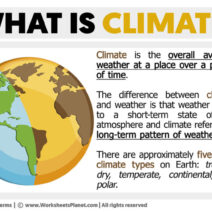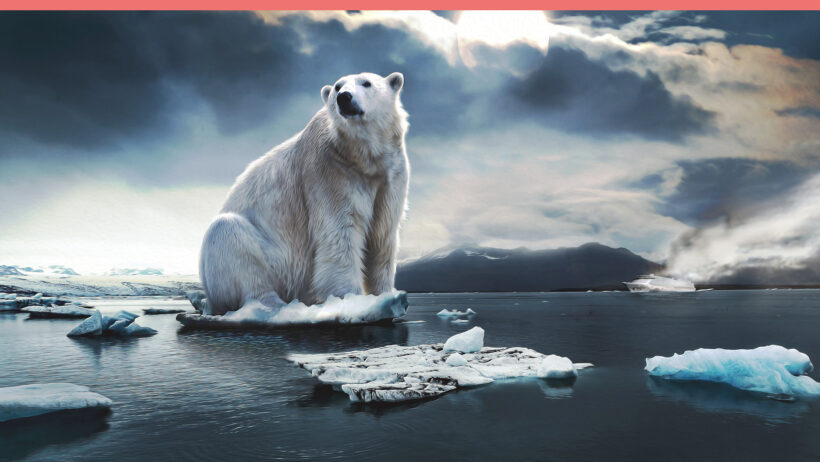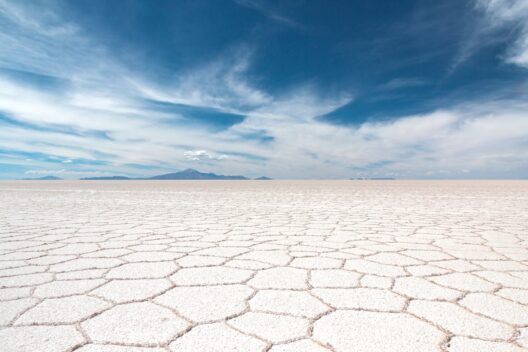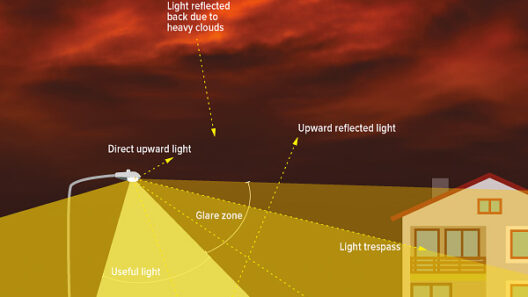Global warming, an ever-pressing concern for our planet, engenders multifaceted repercussions, particularly on ecosystems and biodiversity. Among the most alarming effects is habitat loss, which precipitates a cascade of adverse outcomes for countless species, including humans. By exploring the intricate relationship between global warming and habitat degradation, we can better understand the urgency of our environmental responsibilities and the complex interdependencies that sustain life on Earth.
As temperatures rise due to anthropogenic greenhouse gas emissions, we witness an alarming trend: the world’s habitats are succumbing to change at an unprecedented rate. Elevated temperatures not only disrupt the delicate balance of existing ecosystems but also exacerbate existing threats. This phenomenon manifests vividly in various biomes, from the torrid jungles to the frigid tundras.
Increased temperatures often lead to altered precipitation patterns, resulting in severe droughts in some regions and torrential floods in others. These climatic extremes compromise the integrity of habitats, rendering them inhospitable for native flora and fauna. For instance, rising sea levels threaten coastal wetlands, which serve as crucial nurseries for many marine species. When these vital ecosystems are compromised, the entire food chain faces vulnerability, ultimately affecting human populations reliant on fish and shellfish for sustenance.
A prime example of this plight can be witnessed in the polar regions, where melting ice caps lead to the destruction of essential habitats for species such as polar bears and seals. The Arctic, once a bastion of biodiversity, now faces dramatic alterations that threaten not only the resident species but also the indigenous communities with deep cultural ties to these lands. As ice retreats, the delicate balance between predator and prey disintegrates, jeopardizing survival for an entire community of organisms.
Furthermore, forests—which serve as a bastion for myriad species—are increasingly susceptible to climate-induced disturbances. Warmer temperatures can facilitate the proliferation of pests and diseases, weakening tree health and ultimately leading to extensive tree die-offs. This biodiversity loss further exacerbates climate change; trees, which absorb carbon dioxide, diminish in number, resulting in a potentiation of the greenhouse effect. Moreover, deforestation, often driven by human activity, amplifies these challenges. As forests vanish, we lose not just trees but entire ecosystems and the irreplaceable services they provide, such as clean air and water purification.
The ramifications of habitat loss extend beyond the immediate ecological confines. Ecosystems provide services crucial for human well-being, known as ecosystem services; these include pollination of crops, water regulation, and carbon storage. The degradation of these habitats diminishes the capacity of ecosystems to deliver these services, posing significant threats to food security and public health. The interconnectedness between human populations and natural environments becomes stark and undeniable as we confront challenges such as increased food scarcity and greater vulnerability to climate-related health issues.
Furthermore, the loss of biodiversity has profound implications for resilience. Ecosystems that are rich in species tend to possess greater adaptability to environmental changes. This biological diversity fosters resilience, allowing ecosystems to maintain functionality in the face of disturbances, be they climatic, biological, or anthropogenic. Conversely, a decline in species richness limits an ecosystem’s ability to recover from such shocks. The very resilience that once characterized our diverse ecosystems is now eroding, leaving them frail and ill-equipped to confront the multitude of challenges posed by climate change.
Yet amidst this bleak landscape, there exists a ray of optimism. Awareness and advocacy around climate issues have intensified globally, spurring significant movements aimed at habitat restoration and the reduction of carbon emissions. Innovative conservation strategies, such as rewilding and the establishment of protected areas, can lead to the revitalization of degraded landscapes. By prioritizing the protection of vulnerable habitats and fostering sustainable practices, we can encourage biodiversity recovery, facilitate ecosystem resilience, and ultimately combat the deleterious effects of climate change.
Additionally, technological advancements offer promising pathways for addressing habitat loss. From satellite monitoring to artificial intelligence, we have the tools to better understand and mitigate our impacts on the environment. These technologies enable conservationists to track changes in habitats, monitor species populations, and implement targeted measures swiftly. Harnessing this knowledge can galvanize efforts to restore ecosystems, laying the groundwork for a sustainable coexistence between humanity and nature.
Moreover, the active participation of communities is paramount. Grassroots movements have proven instrumental in championing local conservation efforts. Engaging marginalized communities in decision-making processes fosters stewardship over natural resources and enhances the likelihood of successful conservation outcomes. When individuals perceive the tangible benefits of safeguarding their environments, they are more inclined to advocate for sustainability, creating a symbiotic relationship that nurtures both people and nature.
As we reflect on the intertwined fate of habitats and humanity in the context of global warming, it becomes increasingly clear that the time for action is now. Understanding and addressing habitat loss necessitates a paradigm shift in how we perceive our role within the biological web of life. Recognizing that every ecological strand is crucial to the greater tapestry can transform apathy into advocacy. By embracing this perspective, humanity can reciprocate nature’s generosity, ensuring the vitality of both habitats and human life for generations to come.
In conclusion, navigating the complexities of habitat loss intertwined with global warming presents a formidable challenge, yet it is an opportunity for transformation. The nexus of climate change, ecosystem health, and human well-being necessitates a concerted effort that transcends borders and fosters collaboration. As we endeavor to restore our planet, we must prioritize that which sustains us—the vibrant, intricate ecosystems that cradle life in all its remarkable diversity.








